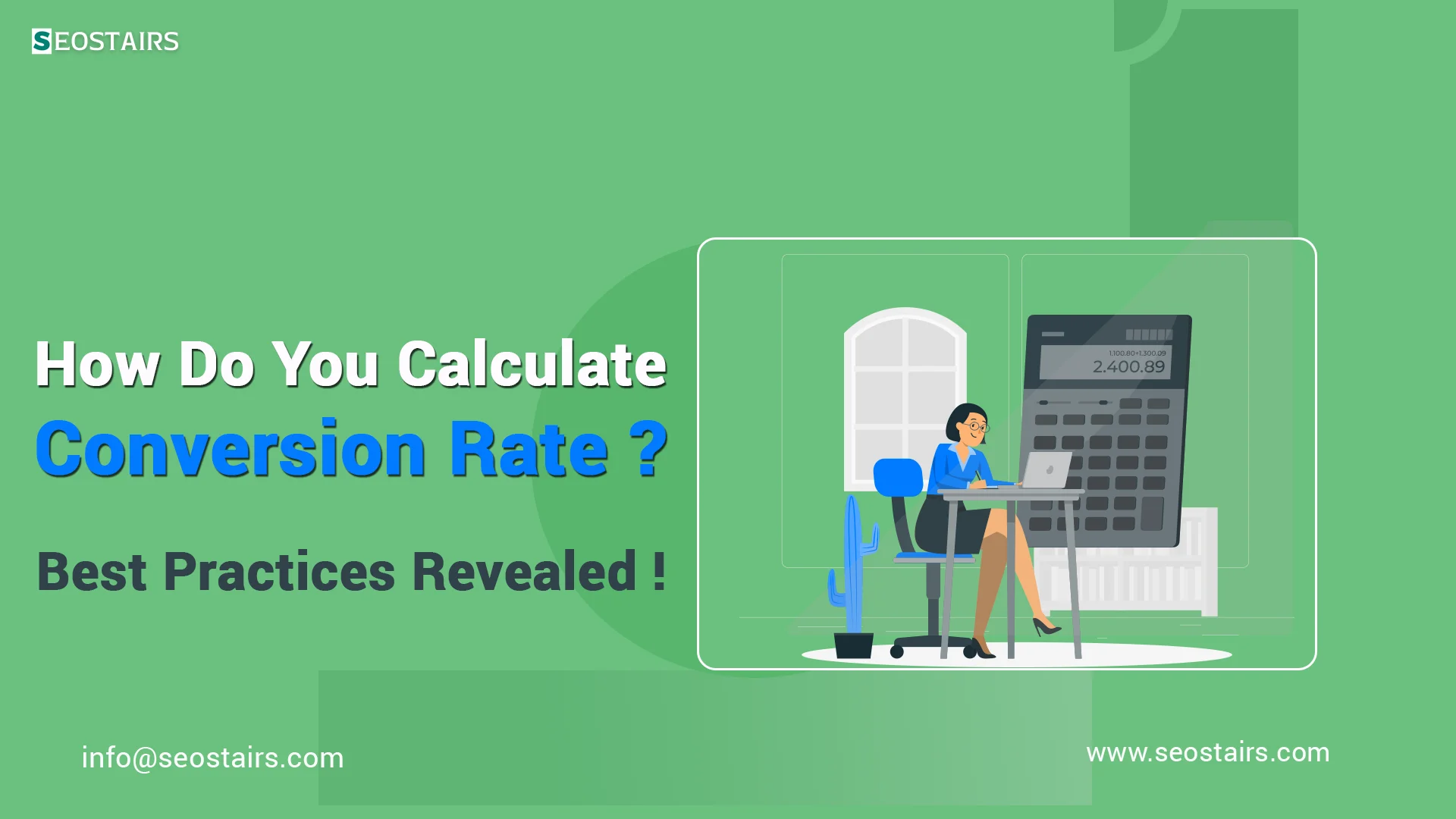How Do You Calculate Conversion Rate? Best Practices Revealed!
Conversion rate is a commonly used metric in marketing, sales and business but it can be misinterpreted and misused. It’s crucial to periodically revisit the definition and use of the metric to avoid misapplication. Additionally, it’s vital to establish a well-defined and understood metric before making it a key KPI. This guide will provide an in-depth understanding dof conversion rate, including how to calculate it, its significance and strategies to improve it.
What is Conversion rate?
Conversion rate is a measure of the effectiveness of a marketing or sales campaign, expressed as the percentage of visitors or prospects who complete a desired action on a website or landing page. To calculate the conversion rate, the number of successful conversions is divided by the total number of visitors or prospects and multiplied by 100 to get the percentage. This metric is important in Digital Marketing and E-commerce as it allows businesses to evaluate the success of their online strategies and identify opportunities for improvement. A high conversion rate indicates that a campaign is successful in engaging and converting prospects into customers, while a low conversion rate may indicate that changes need to be made to the campaign to achieve better results.
What is a good Conversion rate?
The effectiveness of a conversion rate is dependent on various factors like the quality of traffic, industry and the specific conversion action being tracked. While there are general conversion rate statistics available, what is considered a good conversion rate is unique to each business and marketing campaign. It’s important to remember that a conversion doesn't always equate to a sale, which is ultimately the goal of most marketing efforts. As an example, if a law firm generates an average revenue of $3,500 per new customer with a 50% profit margin, the success of their marketing campaign will be measured by the number of leads generated that turn into paying customers.
Why does Conversion rate matter?
Measuring the effectiveness of your website or app can be achieved by tracking conversion rates. By determining the percentage of users who are achieving the objectives that are crucial to your business, you can evaluate the performance of your site or app and recognize any shortcomings that require attention. This enables you to assess the accomplishment of your web pages or apps and pinpoint opportunities for enhancement.
By enhancing your conversion rate, you can increase your sales while maintaining the same amount of traffic. For instance, if you are spending $2000, monthly on advertising to attract 1000 visitors to your website, doubling your conversion rate will lead to a doubling of your ad spend’s worth. As a result, you can decrease your advertising budget and still achieve the same results as previously, or use the extra revenue to finance new ad campaigns.
How to improve conversion rate?
Improving conversion rates can be a challenging and intricate task that requires a thorough comprehension of your intended audience, enhancing your Website Design or landing page and experimenting and honing your marketing approaches. Below are some recommendations that can aid in optimizing your conversion rate.
1. Understand your audience
To improve your conversion rate, the initial step is to comprehend your target audience. Investigate your audience to recognize their requirements, motives and difficulties. Utilize this data to customize your messaging and proposals to satisfy their specific needs.
2. Optimize your website or landing page
Ensure that your website has a user-friendly navigation, a visually attractive design and a distinct value proposition. Utilize simple and direct language to communicate the advantages and distinguishing features of your product or service. Confirm that your website is optimized for mobile devices and loads quickly. If you have any problems regarding website optimization you can always refer to SEO Company for guidance and support.
3. Test and refine your marketing strategies
To enhance your conversion rate, persistently experiment with and enhance your marketing approaches. A/B testing enables you to assess various versions of your website, landing page or marketing campaigns to discover the most effective options.
4. Leverage Social Proof
Employ customer testimonials, case studies and reviews to establish social proof and establish confidence with potential customers.
5. Offer incentives
Providing incentives like free trials, discounts or bonuses can encourage visitors to take action and boost conversion.
6. Personalize your marketing
Apply data-driven observations to individualize your marketing campaigns and make them more pertinent to your target audience. This may involve using targeted email campaigns or customized product suggestions.
7. Remove distractions
Omit any distractions on your website that could deter visitors from acting. Remove extraneous navigation links or other features that might divert visitors from your call to action.
Conversion rate optimization in action (CRO)
Conversion rate optimization (CRO) is a method to increase the number of website visitors who complete a specific action, like submitting a form or buying a product. The process of CRO involves evaluating website data, generating hypotheses, testing different versions of website elements and implementing the most effective modifications to enhance the conversion rate. CRO can serve various objectives such as boosting revenue, refining user experience or advancing brand recognition. It is applicable to various types of websites such as content sites, lead generation sites and e-commerce sites.
Boost your conversion rate with Optimizely experimentation
Optimizely is the dominant platform for A/B testing and optimizing conversion rates. Installing Optimizely is extremely simple and involves adding a single JavaScript snippet to your website.Once Optimizely is set up, you can use the visual editor to modify your website or app without the need for coding or developers. Starting experiments is as easy as clicking a button and Optimizely will automatically present visitors with different versions of your site.
Conclusion
One of the most crucial marketing indicators is conversion rate. Contrary to click-through rate, conversion rate reveals what proportion of your audience is really completing the desired action. You may purchase as many clicks as you like, but if they don’t result in conversion , something is amiss. It’s time to put conversion rate data to work for you now that you understand what conversion rates are, how to use it and how to enhance your conversion rates. By the way, let us know if you need assistance setting up conversion monitoring or improving your conversion rate through our Web Development and SEO Services. We’d like to assist.

